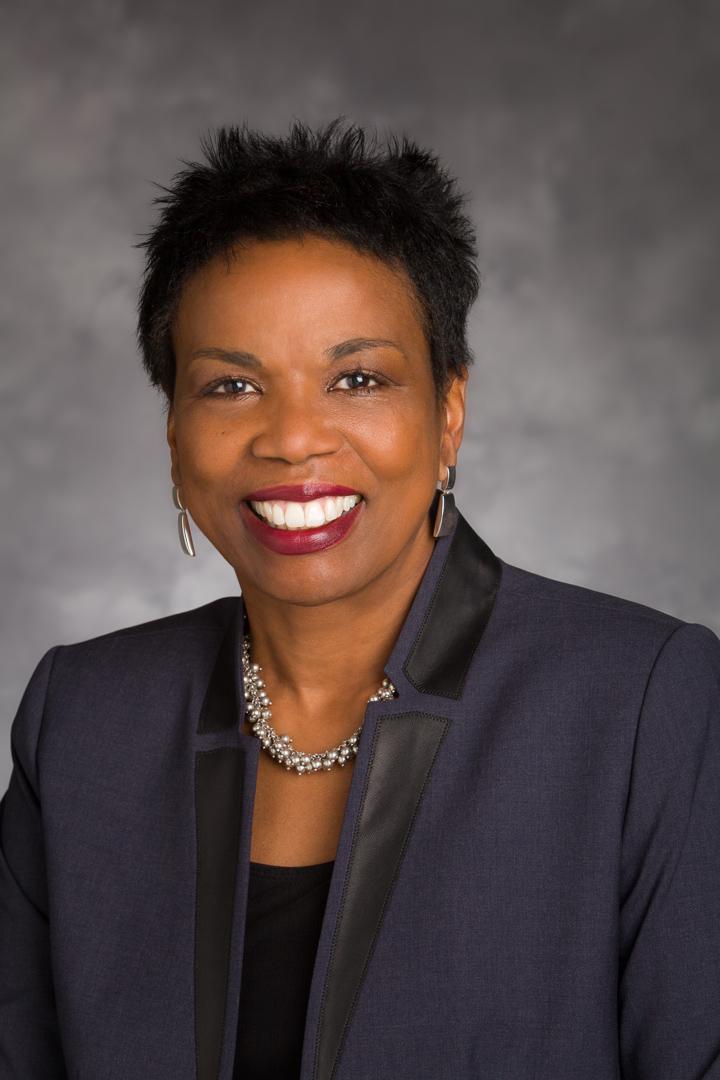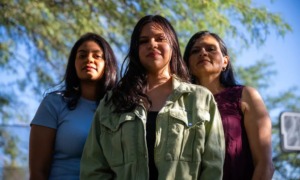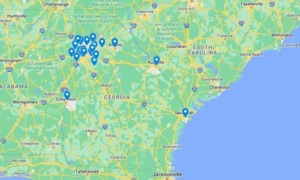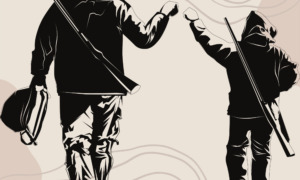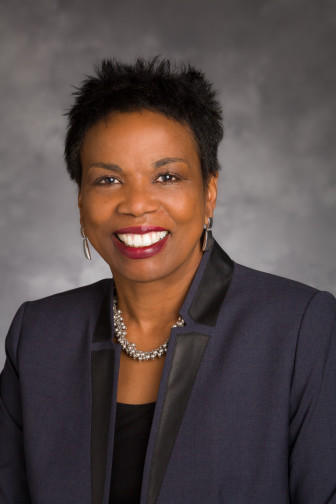 From outbreaks of polio to the embrace of automobile seatbelts, the United States has a long record of rising to the challenge when faced with a public health crisis. Throughout our history, we have combatted epidemics by acting swiftly to find and implement solutions based on the best available research. Philanthropy, policymakers, health care providers and community leaders have worked together to tackle epidemics from every angle.
From outbreaks of polio to the embrace of automobile seatbelts, the United States has a long record of rising to the challenge when faced with a public health crisis. Throughout our history, we have combatted epidemics by acting swiftly to find and implement solutions based on the best available research. Philanthropy, policymakers, health care providers and community leaders have worked together to tackle epidemics from every angle.
That is our business: to promote wellness, encourage healthy lifestyles and create access to quality care. In the face of the gun violence epidemic, however, our nation has not recognized this crisis or addressed the problems stemming from it — until now. This point in time marks a change: Our president has stated that the nation is ready to address this problem, and Americans are saying that they have the will. I know that philanthropy can help show the way.
For the first time in 60 years, guns are killing as many Americans as car accidents. This epidemic claims more than 30,000 American lives every year — a group the size of the student population at the University of California’s campus here in San Diego. Mass shootings have become near-daily occurrences, and the fact that communities of color are disproportionately affected by gun violence rarely makes the front page. For all of us at The California Wellness Foundation, last December’s shooting in San Bernardino hit especially close to home.
As health funders, we recognize the need to treat gun violence for what it is: an epidemic that threatens public health and safety. But we have faced roadblocks with this approach. When Cal Wellness and eight funding partners launched the Violence Prevention Initiative in 1992 (with leadership and vision from Gary Yates, who remained an important advocate for the issue throughout his tenure at the foundation, and with funds from GIH Funding Partners Alliance Healthcare Foundation, The California Endowment, The David and Lucile Packard Foundation and Sierra Health Foundation), gun violence had become the leading cause of death for young people in California. Skeptics argued that violence was inevitable and that our resources would be better spent on prisons than violence prevention. Neither government nor private funders saw youth violence prevention programs as priorities. And none were recognizing gun violence as a public health issue.
Many of those the foundation has partnered with over the past two decades joined us for personal reasons: parents who had lost their sons and daughters to gun violence; former gang members who had been in prison; young people who witnessed violence on streets near their homes; and law enforcement, clergy, educators and community leaders who had seen far too many young people taken to emergency rooms, prisons and funeral homes.
By becoming part of this movement, these adults and young people began to connect with each other in their communities and network with people in other California cities who shared similar experiences. They were also given the opportunity to interact with researchers, media professionals and policymakers to make their voices heard in the public debate about violence.
Today, more of my colleagues in the philanthropic community have accepted this public health approach, and Cal Wellness has invested more than $130 million to support research and education to shed light on the factors contributing to gun violence and find solutions that work. The Joyce Foundation and donors like Michael Bloomberg have made major investments. It is making a difference.
[Related:Wounded Teen Activist Returns to City Where He Was Shot]
Cal Wellness has funded fresh approaches to curbing violence, rather than accepting it as inevitable. In Richmond, California, we supported the Operation Peacemaker Fellowship, a research-based, voluntary mentorship program for young adults who are vulnerable to violence. The program allows boys and men of color to spend more time getting to know one another instead of fighting, and community leaders to spend more time teaching instead of dealing with conflicts that carry over to the community. Cal Wellness sponsored an evaluation of the program by the National Council on Crime and Delinquency that illustrated the intersections between community safety and public health. In the five years since the fellowship launched, Richmond has experienced a two-thirds drop in homicides, and we have advanced wellness in the community.
The Law Center to Prevent Gun Violence, a Cal Wellness grantee, recently ranked California’s firearm violence prevention legislation the strongest in the nation, and the number of people injured or killed by guns in California has decreased by more than 50 percent since peaking in 1993.
Yet with each gun tragedy, we are reminded that our work is far from done. Powerful interest groups and D.C. partisanship have stalled progress. For nearly two decades, Congress has prevented the Centers for Disease Control and Prevention from funding public health research on gun violence. But in the wake of a series of recent gun tragedies, momentum is building for meaningful action.
Just over a year ago, our board challenged us to consider how we could make our grantmaking more effective. So we took what we knew about the social determinants of health and reorganized our grantmaking into our Advancing Wellness Program. By connecting diverse strategies under one umbrella, we are working to promote wellness in underserved communities throughout California. And now our nation is also increasingly recognizing gun violence as a public health issue that must be confronted to promote wellness for every American.
We are now at a critical juncture: Will we continue to look the other way as more Americans lose their lives to the gun violence epidemic, or will we rise to the challenge? I know that Cal Wellness has risen to that challenge, and I’ve seen how many of our fellow grantmakers are ready to address this public health issue, too. In February, we invited donors and other California audiences to join us at a summit on gun violence prevention where we announced plans for a pooled fund that can support safe communities, educate the public and actively promote wellness.
But neither that pooled fund nor any program stemming from it will be a silver bullet to solve this crisis. We are identifying other ways that foundations can make a difference, such as divesting gun manufacturers from our portfolios. We are joining public- and private-sector leaders in a new series of dialogues to generate ideas about how communities, law enforcement and philanthropy can be allies in building safe neighborhoods. We ask those of you supporting similar efforts to talk with us, share what works and collaborate on solutions outside our grantmaking activities, too.
Whether our institutions are focused on public health, poverty, education or inequality, the gun violence epidemic touches all of the work we do. That is why we are calling on funders to join our effort and
consider how we can tackle this problem in a way that aligns with our individual priorities and leverages our strengths. Philanthropy can show the way to solutions that address America’s gun violence epidemic and improve public health.
As the leader of a health foundation that has prioritized the prevention of gun violence in California for more than two decades, I know too well how this epidemic is devastating neighborhoods and communities. And as someone who lost a sister and a cousin to gun violence, I am acutely aware of the emotional toll it takes on loved ones left behind.
This issue is personal for me, and it is personal for many of you. It affects all of us, and we all must be part of the solution. As a leader in our sector, I am confident that we will see breakthroughs as we work to stem America’s gun violence epidemic.
This column was first published by Grantmakers In Health.
Judy Belk is president and CEO of The California Wellness Foundation.


